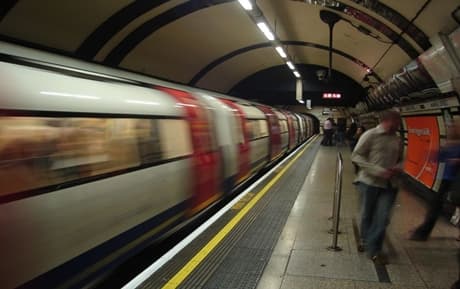London commuter guide - working life in the city
If the time has come to try your luck and sample the big city London lifestyle then you are sure to want some hints and tips to help you make the most of working life in the capital.

If the time has come to try your luck and sample the big city London lifestyle then you are sure to want some hints and tips to help you make the most of working life in the capital.

Compare moving quotes in 4 simple steps